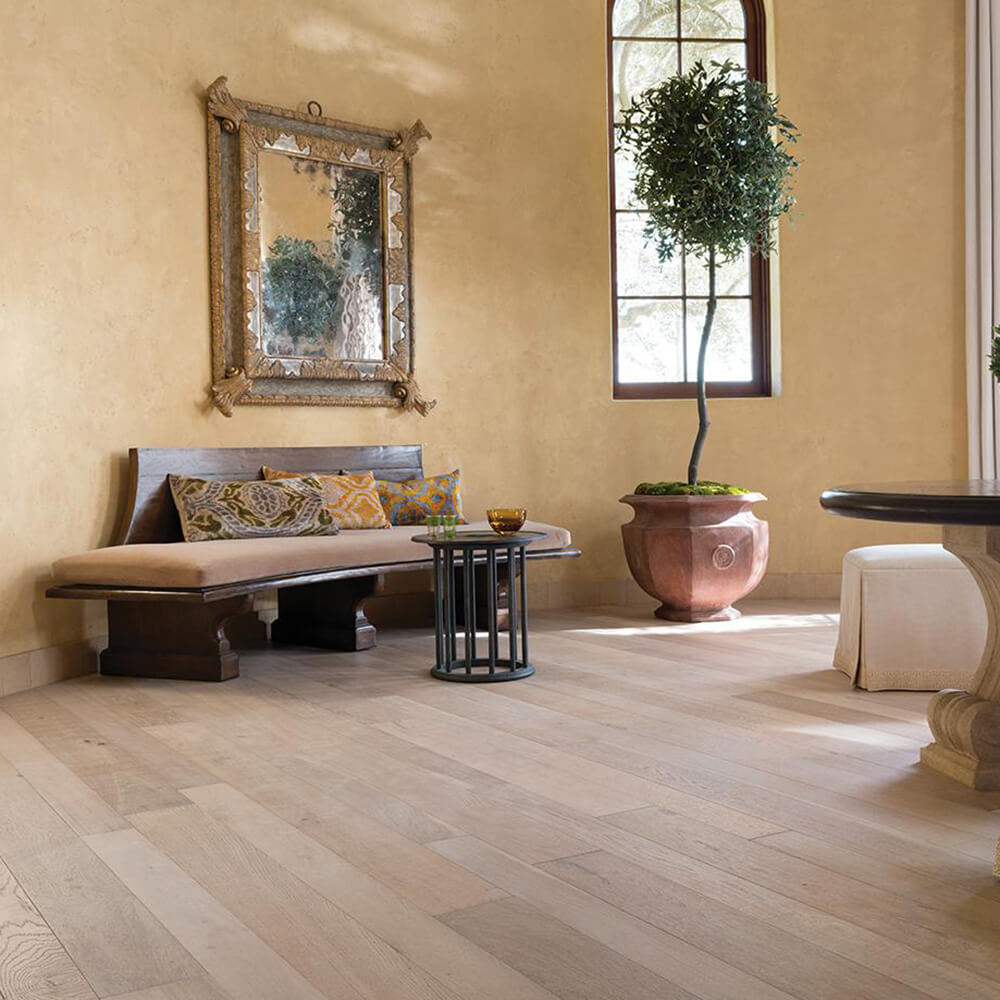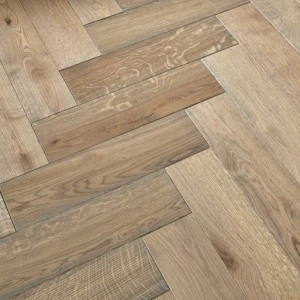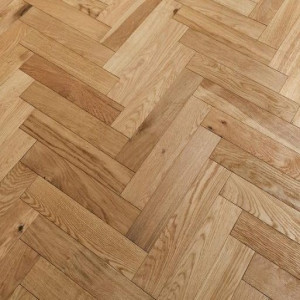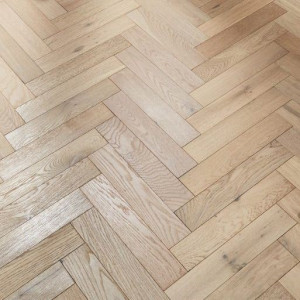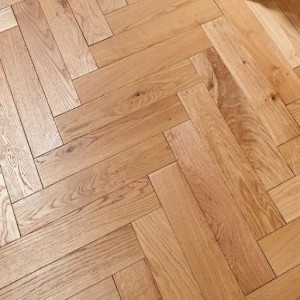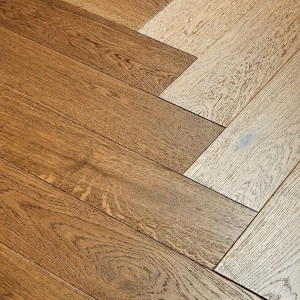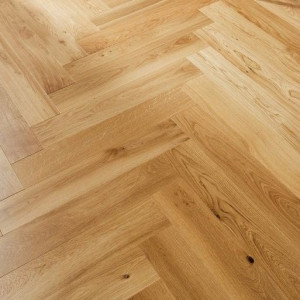REQUEST A FREE APPOINTMENT TODAY
Our expert advisors will help you choose beautiful blinds, curtains or shutters that really enhance your home
Parquet rules the roost when it comes to ornate flooring. Parquet flooring, which is made up of tiny pieces of hardwood placed together in geometric patterns, gives a striking aesthetic element to any area. Parquet’s popularity peaked in the 1960s in the United States, but demand dropped after that, as it did with many other boom phenomena.
The word “parquet” is derived from the French word “parquetry,” which means “little compartment.” It began in the 17th century in France, when artists produced intricate patterns by chopping and fitting simple angular pieces of wood altogether one by one, subsequently gluing them to the floor. Parquet flooring were formerly the domain of rich families and public buildings due to the skill and time required. A handful of the oldest instances still survive and are regarded masterpieces in their very own right, like the Galerie d’Hercule at the Hôtel Lambert in Paris.
Installation Tips
- Many contractors including flooring specialists are skilled at installing parquet tiles, and whether you hire a pro or do it on your own, the following suggestions will help you understand the process. Always follow the directions included in the box of parquet flooring tiles because manufacturer standards vary. Make preparations for the installation. Installing parquet flooring on a firm substrate, including a solid subfloor, is essential. It’s important that the substrate be dry and level. Baseboards must be removed before installation.
- Allow time for it to adjust. Because the parquet is made of actual wood, it must be allowed to acclimatize to the room in which it will be installed to avoid gaps between the panels later. Two weeks is the normal acclimatization time for hardwood. No need to remove the tiles; simply place the boxes in the room. During this period, the wood strips may shift slightly as they respond to changes in temperature as well as humidity.
